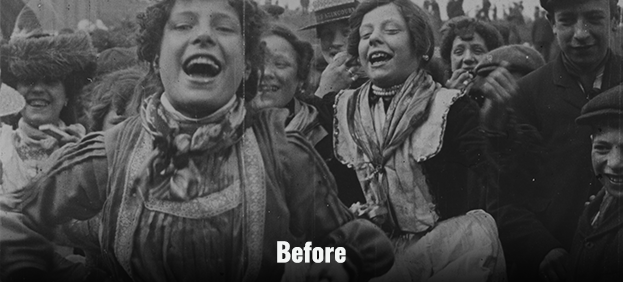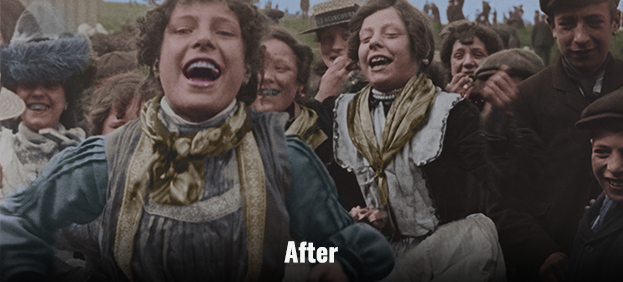Film Colorization
Whether you’re a content creator, distributor, or stock video company, our services open doors to monetization through reimagined classics. Prasad Corporation understands the pulse of this dynamic market and offers a transformative solution to meet the growing expectations of modern audiences. Entrust your projects to Prasad Corporation, a trusted name in preservation.


With a rich legacy spanning over six decades, our commitment to preserving cultural heritage is unwavering. Revitalize your content, captivate your audience, and capitalize on the global film colorization trend with Prasad Corporation. Contact us today to discuss how we can elevate your brand and revenue through the power of color. We have perfected this art using AI and proprietary software to offer highly cost-effective and affordable film colorization services. The process we follow ensures brilliant output that is near perfect and meets the expectations of our customers.
Global Presence
History Behind the Color


